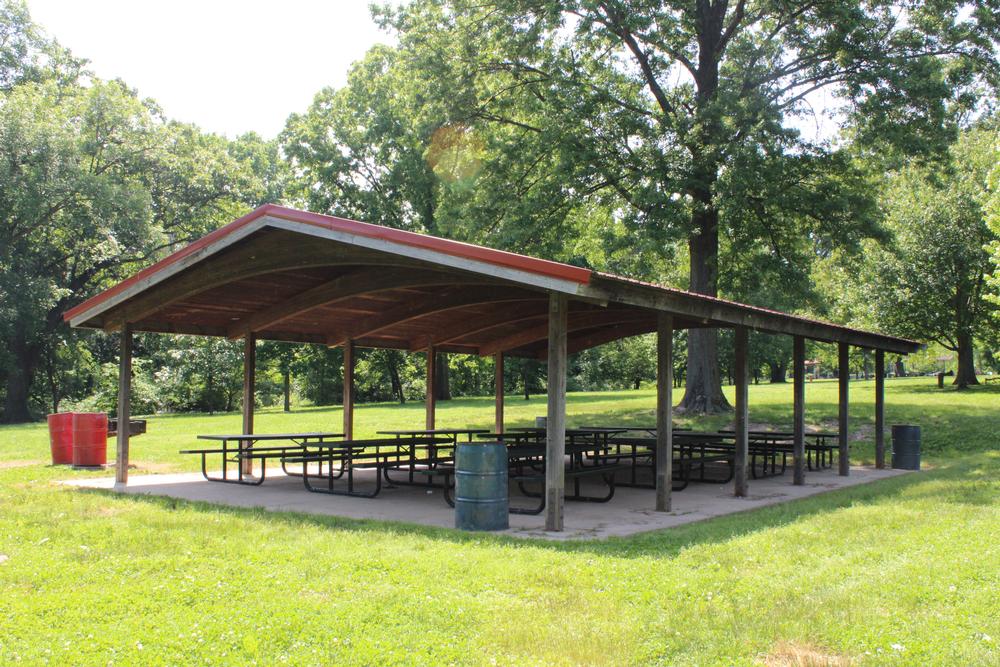The outcomes of black BA graduates cannot be explained solely by lower levels of parental income or education
The default rate of black graduates is significantly higher than the default rate for first generation, low-income graduates (13 percent, not shown in table). Scott-Clayton and Li (2016) provide evidence that poorer labor market outcomes and for-profit enrollment at the graduate level contribute to high rates of default among black college graduates.
the world outside the for-profits
The high concentration of defaults in the for-profit sector raises the question: how different would the overall patterns look, if we set aside the for-profits? In Table 4, I split the sample into those who never attended, versus ever attended a for-profit college. 10 Doing so shows that outside the for-profit sector, the changes over time have been much more modest. Default rates overall increased by just 3 students out of every 100 (from 8 to 11) outside the for-profit sector. Among black students, default rates increased by 8 students per 100 (from 20 to 28) outside the for-profit sector, compared to an increase of 21 students per 100 among those who ever attended a for-profit college.
For-profit enrollment contributes to defaults even among students initially starting at community colleges, due to subsequent transfers. If not for students later attending for-profits, community college entrants would have lower default rates than public four-year entrants.
The contrast across subgroups in the 2004 data is even more stark if we consider race, degree attainment, and institution sector simultaneously: only 4 percent of white graduates who never attended a for-profit defaulted within 12 years of entry, compared to 67 percent of black dropouts who ever attended a for-profit (not shown in table).
conclusion
The analyses presented above highlight the value of tracking individual students from the beginning of their college trajectory for many years beyond when they leave school, and the importance of disaggregating trends by student and institutional characteristics . Key findings include:
- Trends for the 1996 entry cohort show that cumulative default rates continue to rise between 12 and 20 years after initial entry. Applying these trends to the 2004 entry cohort suggests that nearly 40 percent .
- The new data show the importance of examining outcomes for all entrants, not just borrowers, since borrowing rates differ substantially across groups and over time. For example, for-profit borrowers default at twice the rate of public two-year borrowers (52 versus 26 percent after 12 years), the rate of default among all for-profit entrants is nearly four times that of public two-year entrants (47 percent versus 13 percent).
- The new data underscore that default rates depend more on student and institutional factors than on average levels of debt. For example, only 4 percent of white graduates who never attended a for-profit defaulted within 12 years of entry, compared to 67 percent of black dropouts who ever attended a for-profit. And while average debt per student has risen over time, defaults are highest among those who borrow relatively small amounts.
- Debt and default among black or African-American college students is at crisis levels, and even a bachelor’s degree is no guarantee of security: black BA graduates default at five times the rate of white BA graduates (21 versus 4 percent), and are more likely to default than white dropouts.
- Trends over time are most alarming among for-profit colleges; out of 100 students who started college at a for-profit, 23 defaulted within 12 years of starting college in the 1996 cohort compared to 43 in the 2004 cohort (compared to an increase from just 8 to 11 students among entrants who never attended a for-profit).

